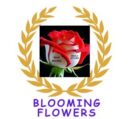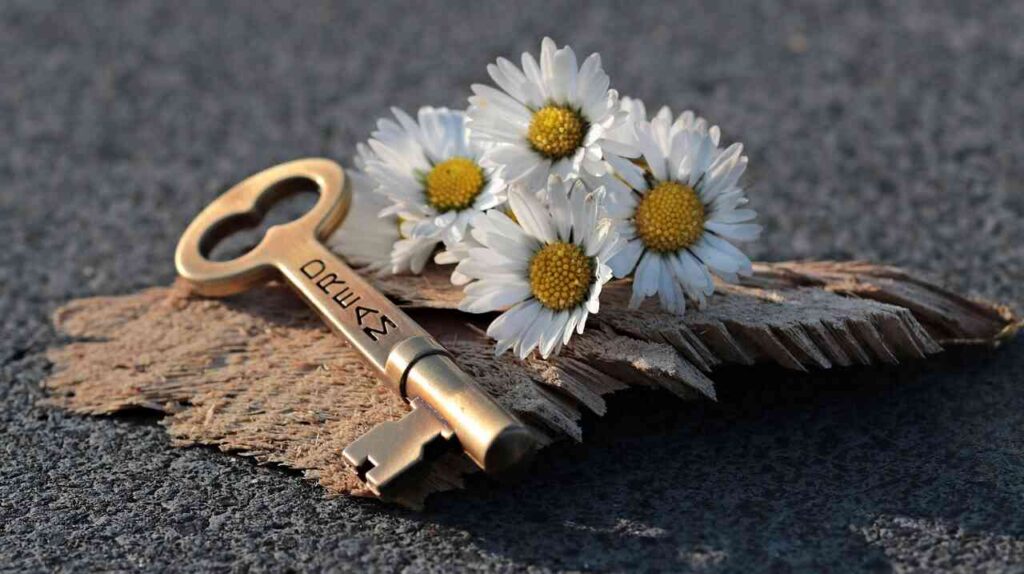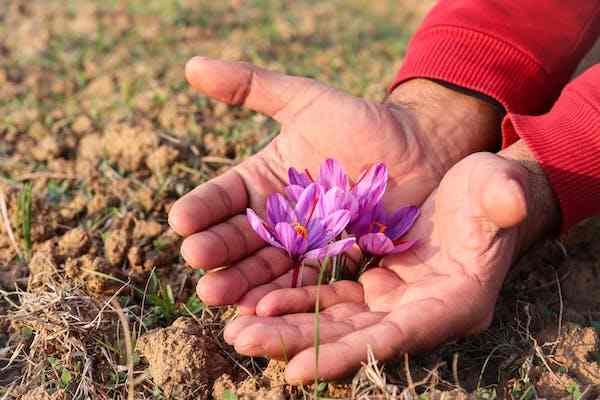# National Korean Flower: The Hibiscus Syriacus
The national flower of South Korea is the Hibiscus syriacus. It’s known as “Mugunghwa” in Korean. This beautiful flower holds a special place in the hearts of Koreans. It symbolizes the country’s resilience and eternal life.
History and Significance
The Hibiscus syriacus has been a part of Korean culture for centuries. It appears in ancient Korean texts and art. The flower’s name, Mugunghwa, means “eternal blossom that never fades.” This symbolizes Korea’s enduring spirit. The flower has also been a national symbol since the 10th century. It represents the perseverance and determination of the Korean people.
Physical Characteristics
The Hibiscus syriacus is a deciduous shrub. It grows up to 8-12 feet tall. The flowers are typically white, pink, or purple with a red center. They bloom from July to October. The leaves are green and ovate. The flowers are about 2-4 inches in diameter. They attract bees and butterflies, adding to the garden’s beauty.
Growing Conditions
The Hibiscus syriacus is a hardy plant. It can grow in various soil types but prefers well-drained soil. It thrives in full sun to partial shade. The plant is drought-tolerant once established. It is also resistant to pests and diseases. Regular watering and annual pruning help maintain its shape and health. The plant can be grown from seeds or cuttings.
Cultural Significance
The Mugunghwa is deeply ingrained in Korean culture. It appears in songs, literature, and artwork. The flower is also featured on the emblem of the President of South Korea. It represents the country’s rich history and bright future. During the Japanese occupation, the Mugunghwa became a symbol of resistance. Koreans used it to express their desire for independence.
Symbolism in Modern Korea
Today, the Mugunghwa remains a powerful symbol. It represents resilience, peace, and beauty. The flower is often used in ceremonies and celebrations. It is a source of national pride for Koreans. Many public parks and gardens in South Korea feature the Hibiscus syriacus. It serves as a reminder of the country’s enduring spirit.
Related Keywords and Search Intent
When people search for “National Korean Flower,” they often look for information on its history, significance, and physical characteristics. They may also search for “Mugunghwa flower,” “Hibiscus syriacus,” and “Korean national symbol.” Providing detailed information on these topics helps fulfill the search intent. Including related keywords like “Korean culture,” “national symbols,” and “flower symbolism” can also improve the article’s SEO ranking.
Care and Maintenance Tips
Caring for the Hibiscus syriacus is relatively easy. Here are some tips to help it thrive:
1. **Soil**: Ensure the soil is well-drained. The plant can tolerate various soil types.
2. **Watering**: Water the plant regularly, especially during dry periods.
3. **Sunlight**: Plant it in a location with full sun to partial shade.
4. **Pruning**: Prune annually to maintain shape and encourage new growth.
5. **Fertilizing**: Use a balanced fertilizer during the growing season.
Following these tips will help your Mugunghwa bloom beautifully year after year.
Mugunghwa in Gardens and Landscaping
The Hibiscus syriacus is a popular choice for gardens and landscaping. Its vibrant flowers add color and charm to any space. It can be used as a hedge, border, or standalone plant. The plant’s resilience makes it a low-maintenance option for gardeners. Its long blooming period ensures continuous beauty throughout the summer and fall.
Mugunghwa in Art and Literature
The Mugunghwa has inspired many Korean artists and writers. It appears in traditional paintings and modern artworks. The flower’s beauty and symbolism make it a popular subject. In literature, it often represents purity, love, and patriotism. Poems and stories featuring the Mugunghwa reflect the deep emotional connection Koreans have with this flower.
Celebrations and Festivals
Koreans celebrate the Mugunghwa in various festivals. These events highlight the flower’s cultural and historical significance. One such festival is the “Mugunghwa Festival,” held annually in different regions. The festival features exhibitions, cultural performances, and educational programs. It aims to promote awareness and appreciation of the national flower.
The Mugunghwa in Modern Design
The Mugunghwa also influences modern design. It appears in fashion, home decor, and public art. Designers use the flower’s image to create beautiful and meaningful pieces. The Mugunghwa’s elegant shape and vibrant colors make it a versatile design element. It connects the past with the present, reflecting Korea’s cultural heritage in contemporary ways.
Mugunghwa in Education
In South Korea, students learn about the Mugunghwa in school. The flower is part of the national curriculum. It teaches children about their cultural heritage and national pride. Schools often organize field trips to gardens and parks featuring the Mugunghwa. These trips provide hands-on learning experiences and foster a deeper appreciation for the national flower.
## Conclusion
The Hibiscus syriacus, or Mugunghwa, is more than just a flower. It is a symbol of Korea’s history, culture, and resilience. Its beauty and significance are deeply rooted in the Korean identity. Whether in gardens, art, or daily life, the Mugunghwa continues to inspire and represent the enduring spirit of Korea. By understanding and appreciating this national flower, we gain insight into the rich cultural tapestry of South Korea.
–


